Aquatic plants, fish, substrate, and hardscape.
Technical description:
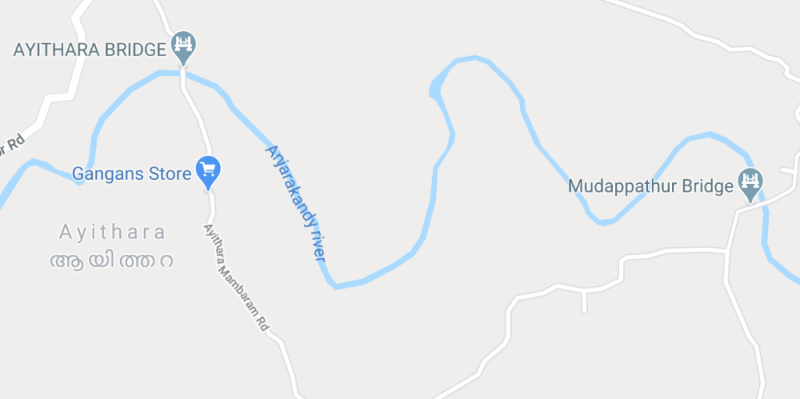 Kerala, India located in southwest India. Clear to slightly stained river water with sandy, gravel, and rocky bottom. Fish species are varied in their placement from slow-moving to faster more oxygenated waters.
Kerala, India located in southwest India. Clear to slightly stained river water with sandy, gravel, and rocky bottom. Fish species are varied in their placement from slow-moving to faster more oxygenated waters.
India has an abundant number of species suitable for the home aquarium. For whatever reason, many of these species are under-appreciated globally.
Tank Dimensions: 10 gallons and up depending on your fish selections. Stocking will vary greatly. Match your tank size to your fish and plants.
Lighting:
Finnex FugeRay Planted+ Aquarium LED Light Plus Moonlights Fairly clear water will allow light to reach the bottom of an aquarium more easily than dark water. Lightly stained water from botanicals can somewhat hinder light penetration some but will provide a more natural environment.
PAR data for a 24″ Planted+ fixture: 3″: 185, 6″: 117, 9″: 88, 12″: 61, 15″: 45
Filtration:
Aqueon Quietflow internal power filter. Flow rate can be adjusted on this one with an adjustment on the outflow at the direction control. The pump is easy to hide from view and doesn’t overpower the still water species with too much water movement. Adjust flow rate or select a pump suitable for higher flow needing fish species.
Hardscape:
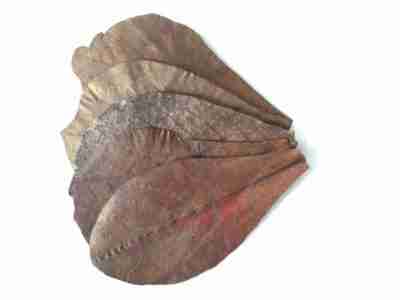
Rockwork in the tank would make the tank more natural-looking. Quartz and shale are a good option. Chunks of quartz or shale can be arranged with driftwood to create a visually pleasing balance. Choose your colors of rockwork to work with your sand and driftwood to show attention to detail.
Substrate: Sand in the Anjarakandy river can be replicated with fine clean sand. Terra cotta colored gravel with a grain size of 2 to 4 mm size will complement the substrate quite well. Play sand will work but natural clean builders sand or river sand will be a good choice if you can find it. Tannins in the water column can help hide lighter colored sand like builders sand to make the sand look more accurate.
Driftwood: Driftwood is often found littered along the bottom. In the aquarium covering one third or so roughly. A larger focal piece with some smaller filler pieces would help make the biotope aquarium fill in. Driftwood would also give fish a place to hide and feel safe. Feeling safe makes the fish behave in a more natural manner. When fish feel safer they are generally more colorful also.
Twigs: Small twigs like those from the ends of branches of hardwood trees look great.
Leaf Litter: Finding species-specific leaves is hard. Oak, beech, catappa, banana leaf, and other similarly available leaf litter will work great. Leaf litter like Indian Almond leaves will add natural beauty to your tank and make safe hiding space for tank inhabitants and new fry.
Water Change:
25 percent water changes by hand each week. Species that need more pristine water may need 30 to 50 percent water changes weekly.
Water Temperature:
FreeSea aquarium heater with LED display. This heater is small and compact. Readings are displayed on an LCD in the tank (only in Celcius) and the light might be annoying to some but the heater is small and compact. Adjusting the temperature is via a panel on the extension cord so you don’t have to get your hands wet.
24-30°C/76-86°F is a general temperature for these fish and plants. Setting the thermostat on the aquarium heater to 78 to 80 is sufficient. Water temperature readings in the area have produced a reading of 28.3°C/83F. There is a natural temperature change during the cooler months. Setting the thermometer to 24C/76F for several months would be beneficial to fish health.
Fish:
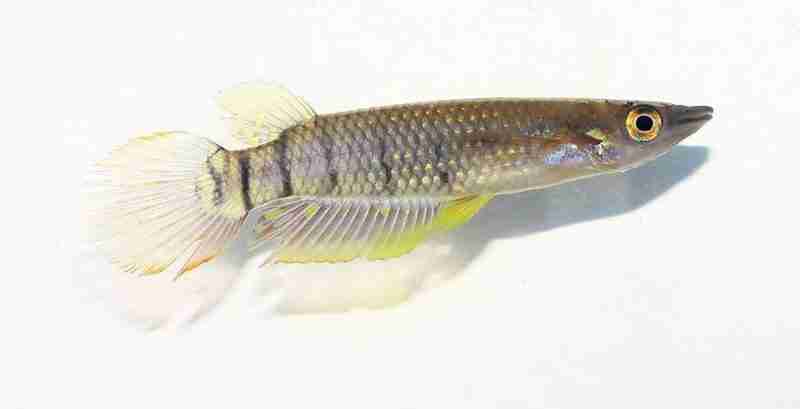
Aplocheilus lineatus Striped killifish are fairly popular in the aquarium hobby. This 4-inch fish is quite peaceful and easy to breed. It’s bright colors and a wide range of parameters make it a great choice for a community tank. A. lineatus does well in a planted aquarium and is enjoyable to watch.
Barillus sp. These generally need very clean water with low waste. High dissolved oxygen is best for keeping this species that occur in Western Ghats and Kerala. Highly oxygenated water tends to flow at moderate to high levels. This would be a specialized species to keep for most hobbyists.
Carinotetraodon travancoricus Dwarf puffers inhabit the slow-moving areas and need a low water flow rate. These tiny one-inch fish do well in groups. Lots of hiding places with plants and driftwood recreate a suitable biotope habitat for keeping these little fish. Dwarf puffers do not compete well with fast-moving tankmates for food.
Devario malabaricus. This fish is commonly found in the Western drainage of India and also Sri Lanka. Some dry areas have these hardy fish survive in small pools. It is best kept in a tank with high flowing water and higher levels of dissolved oxygen. This is an active species and is best kept in small groups of 8 to 10 fish. Slower moving species might not be able to compete with these fish, but D malabaricus is not an aggressive species and does well in a community tank provided that other species can procure food.
Garra gotyla Garra gotyla is one of the few fish that will eat black beard algae. They do best in small groups. Garra gotyla is sometimes called Silver Garra or Tri-G and is sometimes available in the aquarium hobby. They are peaceful fish and generally do well in a community tank.
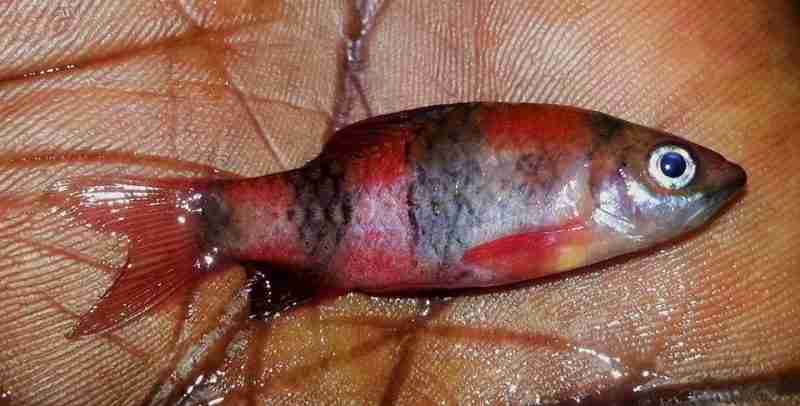
Haludaria fasciata. Known as the Red Panda Barb, or more commonly Melon Barb, this species is great for a planted community tank. It will thrive in a variety of water parameters and is spread throughout Southern India including the Anjarakandy River Biotope of Kerala India. They are an active and peaceful fish that we feel is underappreciated, like many Indian fish and plant species.
Pristolepis pentacantha
Puntius mahecola This peaceful and attractive fish is not common in the aquarium hobby in most regions. It’s vibrant red tail and bright dorsal isn’t captured in photographs very well. On average it is from 5 to 8 cm in length. Like much of the other fish of its kind it is best kept in small to medium-sized groups. It is not overly difficult to keep and doesn’t require special or difficult husbandry.
Puntius vittatus
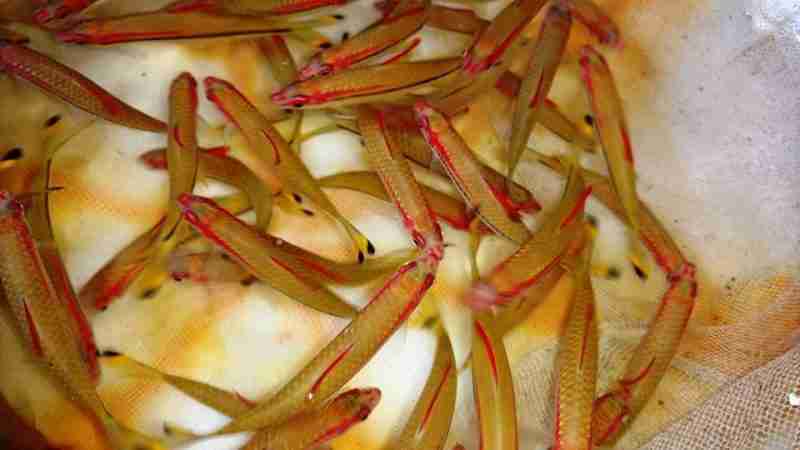
Sahyadra denisonii Red-line Torpedo Barbs are not commonly available in much of the world. It is peaceful in nature and a schooling fish. It should be kept in groups of six to ten fish for best husbandry. It also needs highly oxygenated water and clean water. 30 to 50 percent water changes are needed to keep this wonderful fish happy in the aquarium.
Schistura denisonii Water should be clean and moving well for this loach. Averaging 4 to 5 cm in length this active little fish will do best with a small group. They do well in a community tank with other tankmates that also need clean water.
Tetraodon cochinchinensis Fang’s pufferfish is another freshwater puffer that requires slower moving water. Frequent water changes keep water quality high which the Fang’s Puffer needs. Their teeth, like other puffers, continue to grow so they should be fed unshelled crab legs and mollusks to keep their teeth worn down.
Fang’s pufferfish are aggressive to similar fish and should be kept alone. They have a very strong bite and can easily rip apart other fish. Like other puffers, it is an ambush predator. At a maximum of three inches, they don’t pose a serious threat to hobbyists but can produce a nasty bite if handled carelessly.
https://www.researchgate.net/publication/267843168_Carinotetraodon_imitator_a_new_freshwater_pufferfish_from_India_Teleostei_Tetraodontiformes
Plants:
Most of these plants do not require high lighting. A Finnex FugeRay Planted+ Aquarium LED Light Plus Moonlights will be sufficient if it will physically fit your tank. There are many affordable lighting options that can be used to build one of these biotopes.

Cryptocoryne spiralis One of the hardiest of the cryptocorynes. It does well in the background or midground of many tanks. It is one of the taller cryptocorynes. Cryptocoryne spiralis does well in lower lighting. It will send off runners to grow new plants quickly with good lighting. Can be grown emersed and as a riparian plant.
Cryptocoryne retrospiralis Placement in the aquarium is better in the background and midground. Crypto retrospiralis has a slight corkscrew appearance to it. With minimal lighting, it usually is dark green to light green but with better lighting bronze and brighter colors can be seen. It’s a hardy plant but like most cryptocorynes it can melt if moved around. Crypto melt is normal and it will grow back if left unbothered.
Eleocharis acicularis Dwarf hair grass is a carpeting plant when given sufficient lighting, fertilizer, and CO2. With lower lighting it can get taller as it tries to reach better lighting. It is a medium difficulty plant. It is common and is not hard to grow. Grows well in riparian areas as an emersed plant very well.
Hydrocotyle sibithorpioides Its clover looking leaves reach upward. Depending on the lighting it can be used as a foreground plant, midground, or background. It looks similar to Hydrocotyle Japan but more round leaf shape. Frequent trimming can encourage shorter bushier growth.
Hygrophila stricta Growth is easy with this plant. If left untrimmed it will shed off lower leaves. Frequent trimming will benefit its look as a midground plant. Stems without leaves can make good places for small fish to hang out. With better lighting and CO2 reddish foliage can be attained.
Marsilea Unidentified marsilea has been seen in this location. Possibly introduced. Grows in riparian and submerged areas.
Myriophyllum There are myriophyllum in this biotope but we do not have the ID for these yet.
Nymphaea micrantha This native of tropical Africa has been spotted in the area. It is unknown when it took hold in this location.
Fertilization Regimen:
Usie dry or liquid fertilizer solution.
Biotope description:
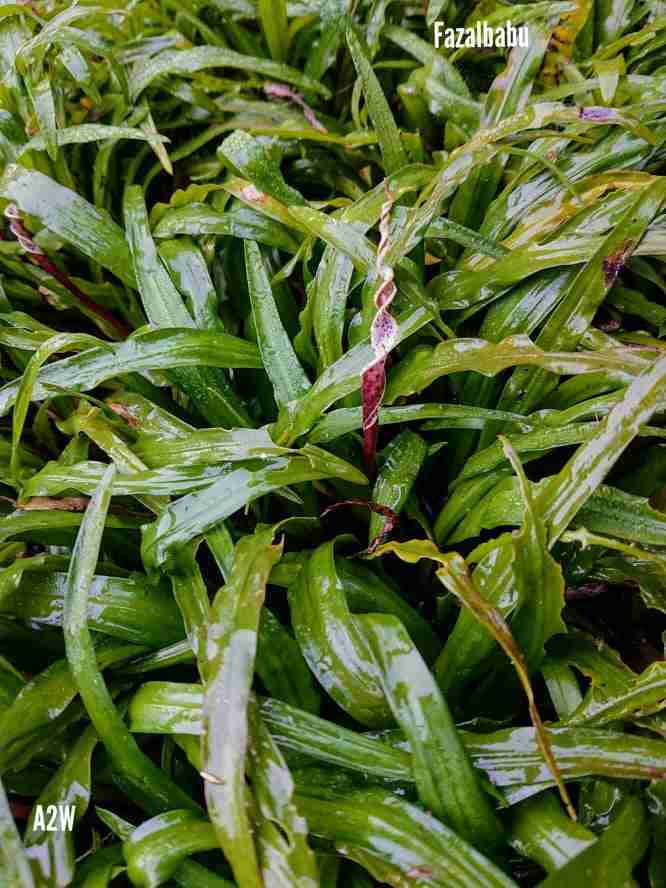
Like many rivers in the area, the river bottom is made of small pebbles and red or ochre-colored gravel and sand. Faster portions of the river can be highly oxygenated and some species coming from these areas should have higher filtration. Other species however do not and cannot tolerate the higher flow rate and remain in the regions of pools and similar areas to stay away from the current.
India has a great many fish and plants that are under-appreciated in the rest of the world. Some of this may be due to the necessity for large aquariums or high flow rates of filtration. Other species do not seem to be harvested in the wild in sufficient numbers to supply the aquarium hobby.
Written by: Edward Johnson
Photos: Andrew Rao, Priyankar Chakraborty, Fazal Baboo
 Biotope One A Study of Flora and Fauna
Biotope One A Study of Flora and Fauna 


